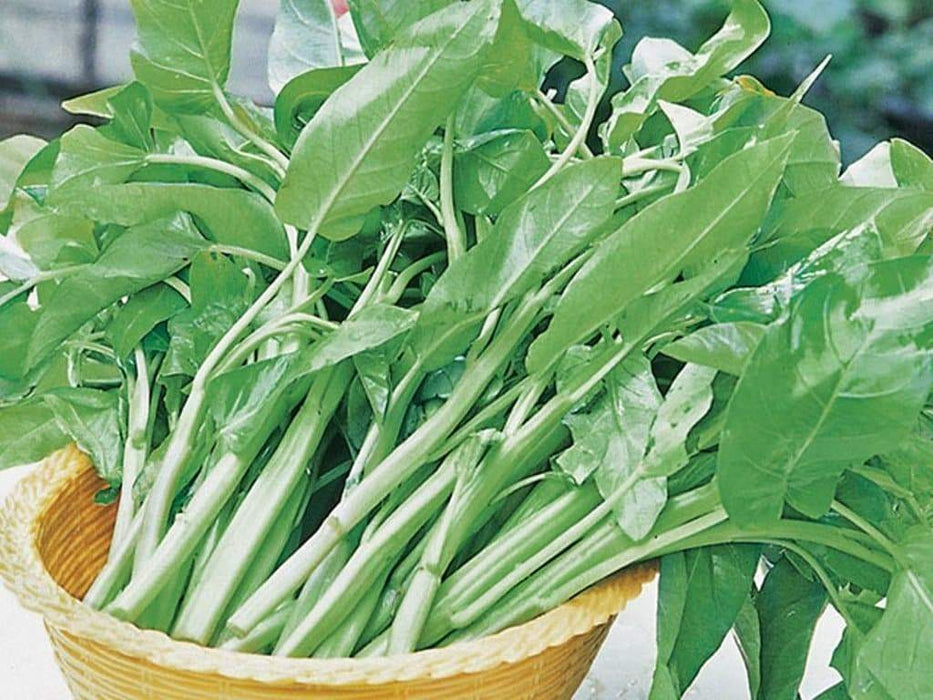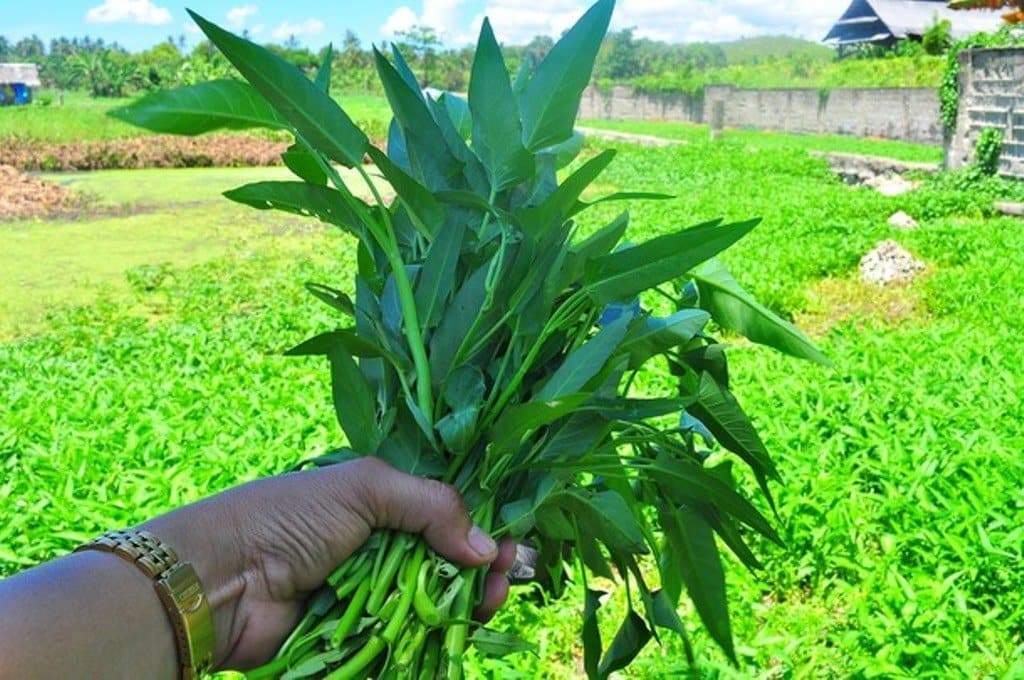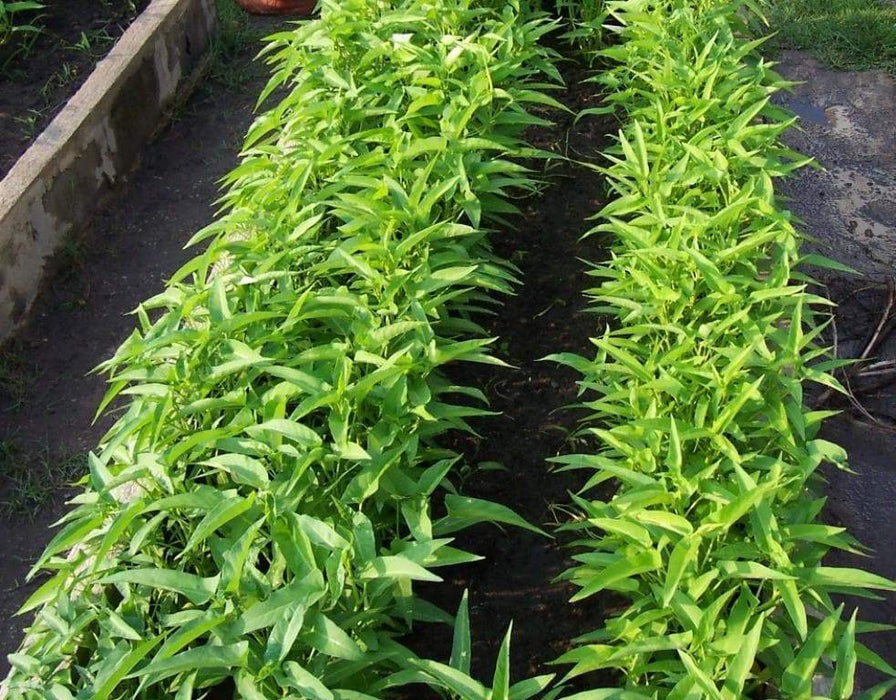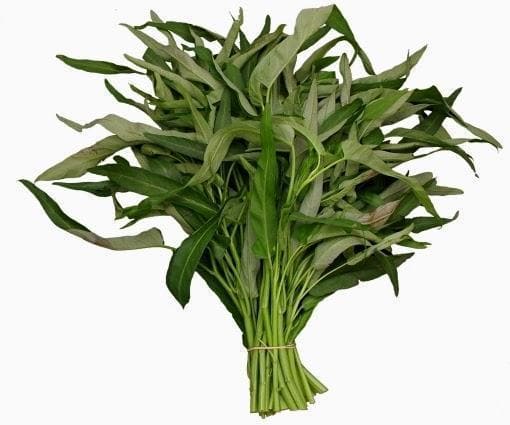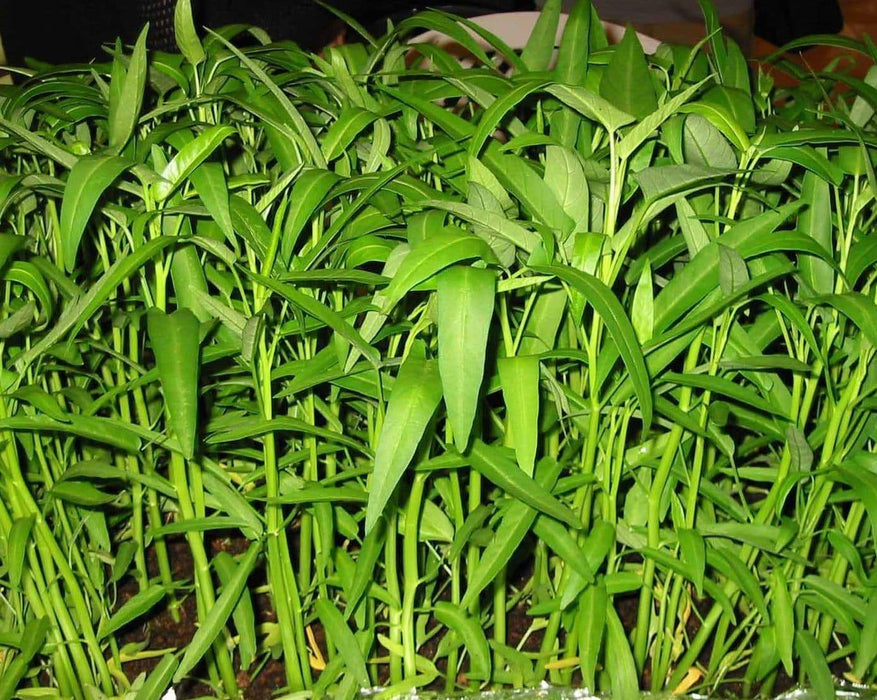
Swamp cabbage. Water Spinach - Seeds, Asian Vegetables, Morning Glory
Original price
€3,95
-
Original price
€10,95
Original price
€3,95
€3,95
-
€10,95
Current price
€3,95
Most orders are processed by the next day
Select your desired size and/or color from the available options.
Chinatown's produce stands offer many items that make only fleeting seasonal appearances, often so brief that many intrepid chefs scarcely have time to figure out how to cook them properly before they disappear for another year. One example is Water Spinach, a common vegetable in Asian cuisine.
LET OUR CUSTOMER SPEAK FOR US

![[Seeds] - Caribbeangardenseed](http://caribbeangardenseed.com/cdn/shop/files/gift-card-gift-card-1_1024x1024_dfa857db-9150-4315-a362-7f0bb3fb9c47_60x28.png?v=1703978838)
